Brightness
[ 21.03 – 30.04 / 2018 ]
SPRMRKT Daily
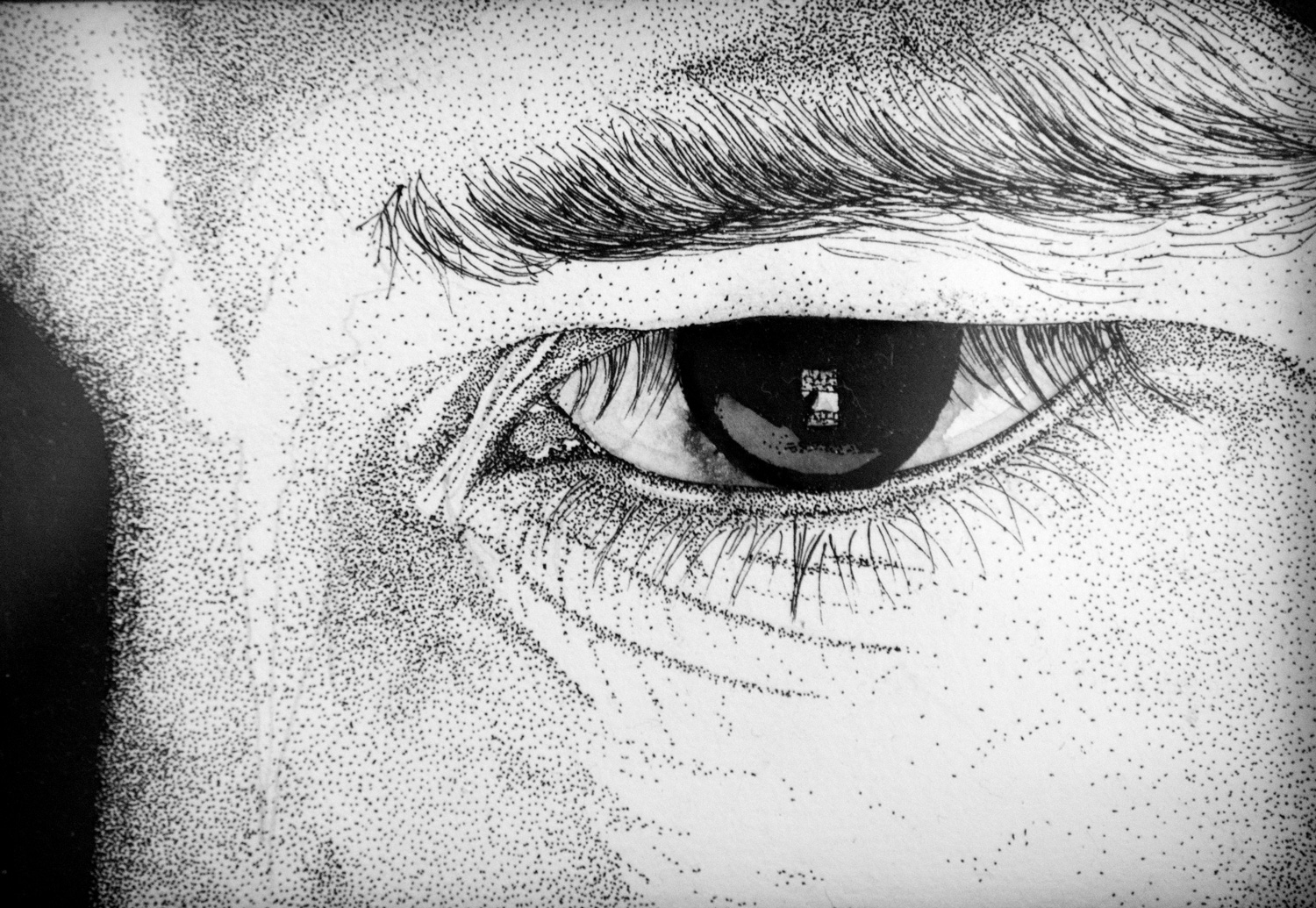
Technology and screens change the way we look at the real world, their hypnotizing lights constantly presenting new worlds to submerge our eyes in—a world overflowing with images. French artist Florian Nguyen’s attempts to present this phenomenon on paper but his style of almost automated repetition—producing dots, lines and circles—calls to mind, ironically, the pixels of a digital screen.
3 Minutes With Florian Nguyen
Where did you grow up? When and why did you return to Vietnam?
I grew up in France, in a suburb of Paris. I’ve always wanted to come and live in Vietnam to understand a bit more about where my family came from. I kept talking about it without actually doing anything to make it happen. At some point I just decided it was time and I did it. So now I am living here and have been since October 2016.
Where did you learn this style of drawing?
I am a self taught drawer. What my style is now is the result of years of practice, trying and experimenting. But it is still evolving.
Where did you grow up? When and why did you return to Vietnam?
I grew up in France, in a suburb of Paris. I’ve always wanted to come and live in Vietnam to understand a bit more about where my family came from. I kept talking about it without actually doing anything to make it happen. At some point I just decided it was time and I did it. So now I am living here and have been since October 2016.
Your drawings always bring to mind the focus on texture and materiality. Has that always been your personal style: fixating on the minute details?
I observe a lot and drawing is for me a way of understanding things which surround us. I also believe that everything is an accumulation of simple and very small things. All the techniques I use are a consequence of that simple belief. So yes, focus on texture and materiality has always been an important part of my practice.
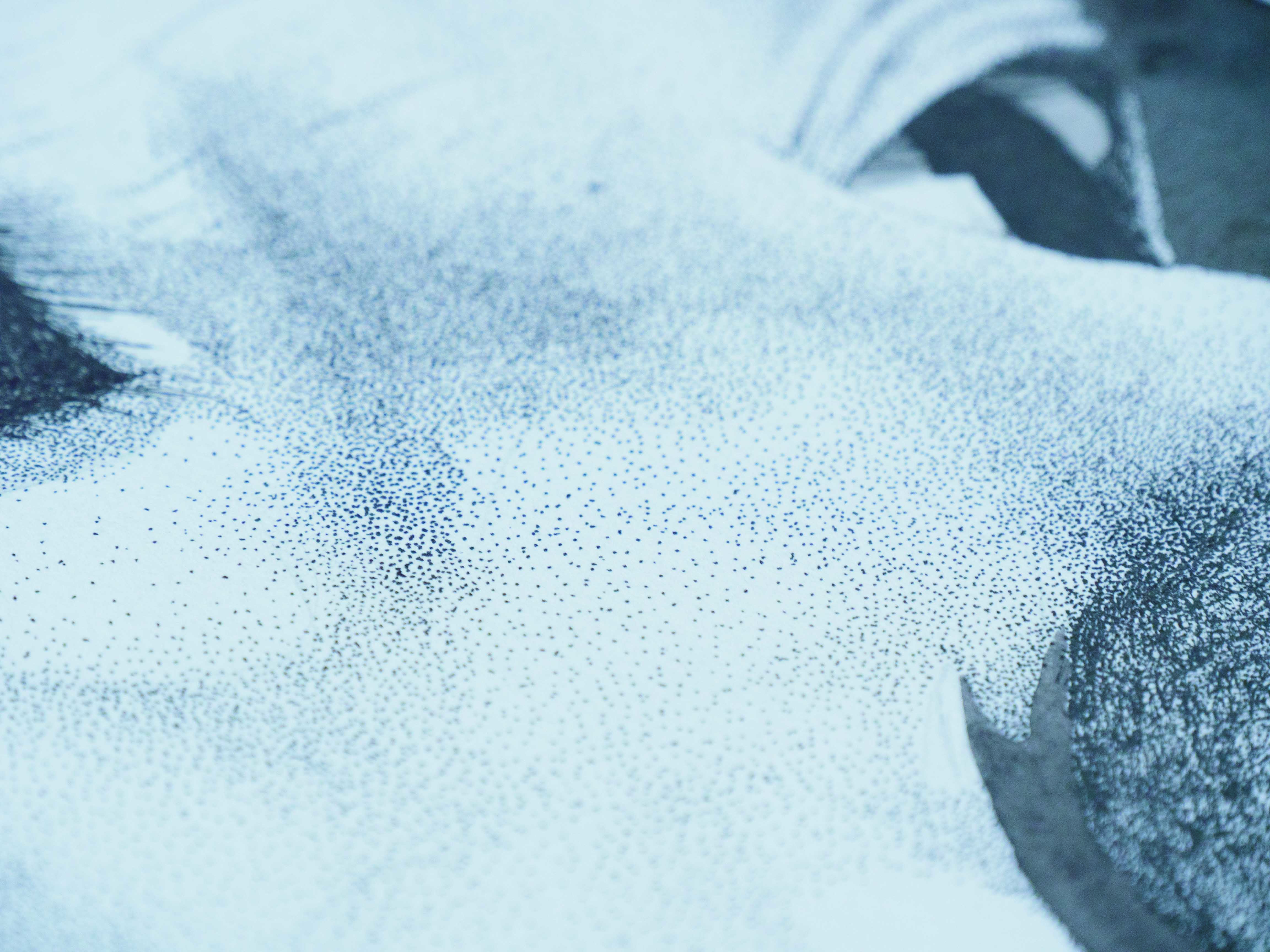
It seems like such an intensely physical activity – a test of endurance almost. Have you suffered physically, as an artist: felt differences to your eyes, wrist, mind?
(laughs) No, not really. Well, my creation routine can be very tiring. I have some periods of time where I am being very lazy, create just a little but read, watch and experiment a lot. This part is actually very important in my creative process and it is where the concept and idea are growing. There is another part when I am like drawing constantly until very late, overnight sometimes. This second part can be very exhausting but also very thrilling.
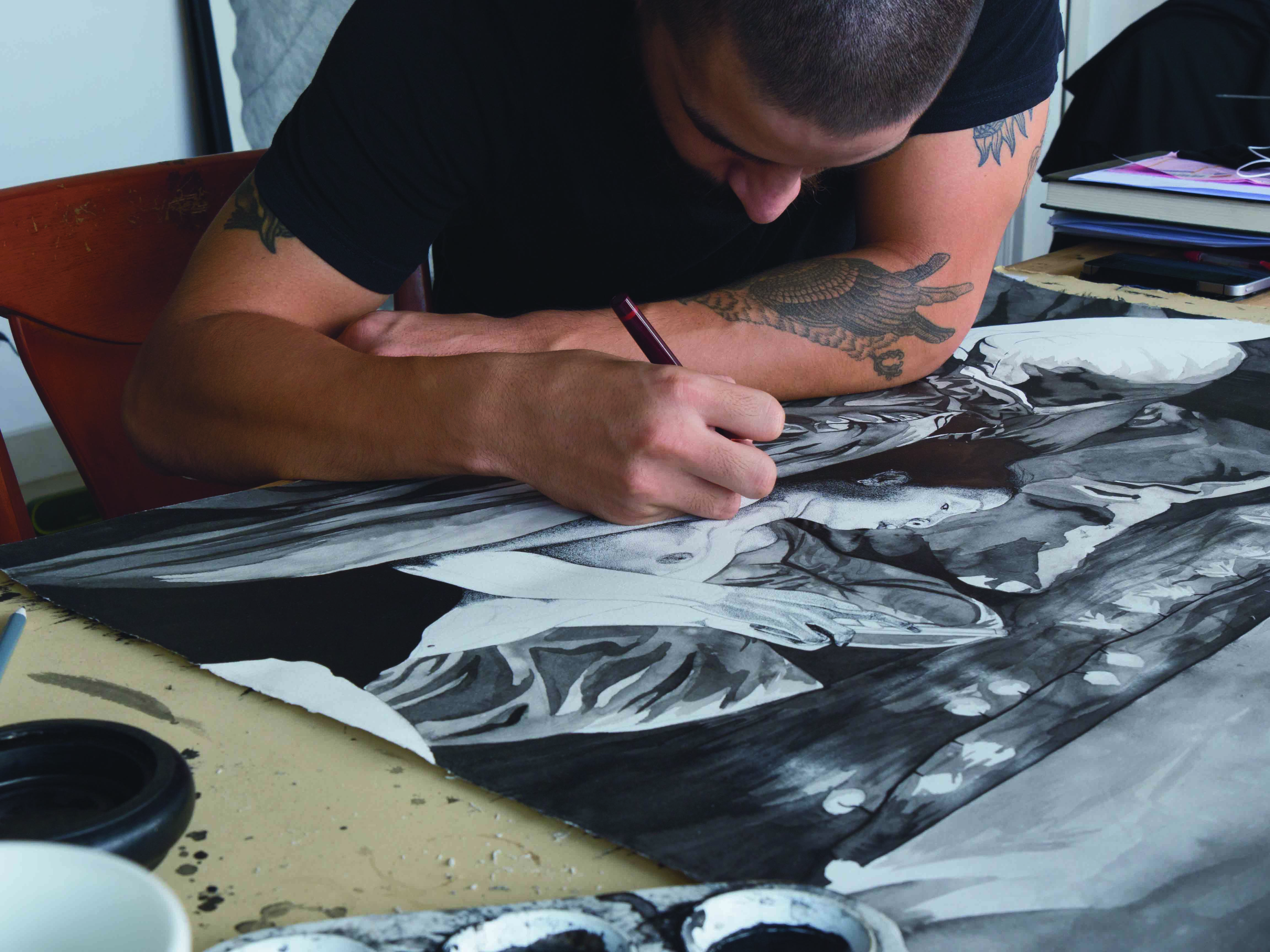
Your second solo exhibition Gesture of Memory involves a series of questions in interviews with two Vietnamese contemporary dancers provoked memories which led to a series of drawings and dance choreography. Why was the starting point always the memories of a grandparent?
I have interest about legacy. What do we kept from one generation to another. My first exhibition was about my grandparent’s memories of their childhood in Vietnam. On Gesture of Memory I was working with a french choreographer Sebastien Ly who was working as well about the memories of his grandparents. So it felt kind of logical for us to use this starting point.
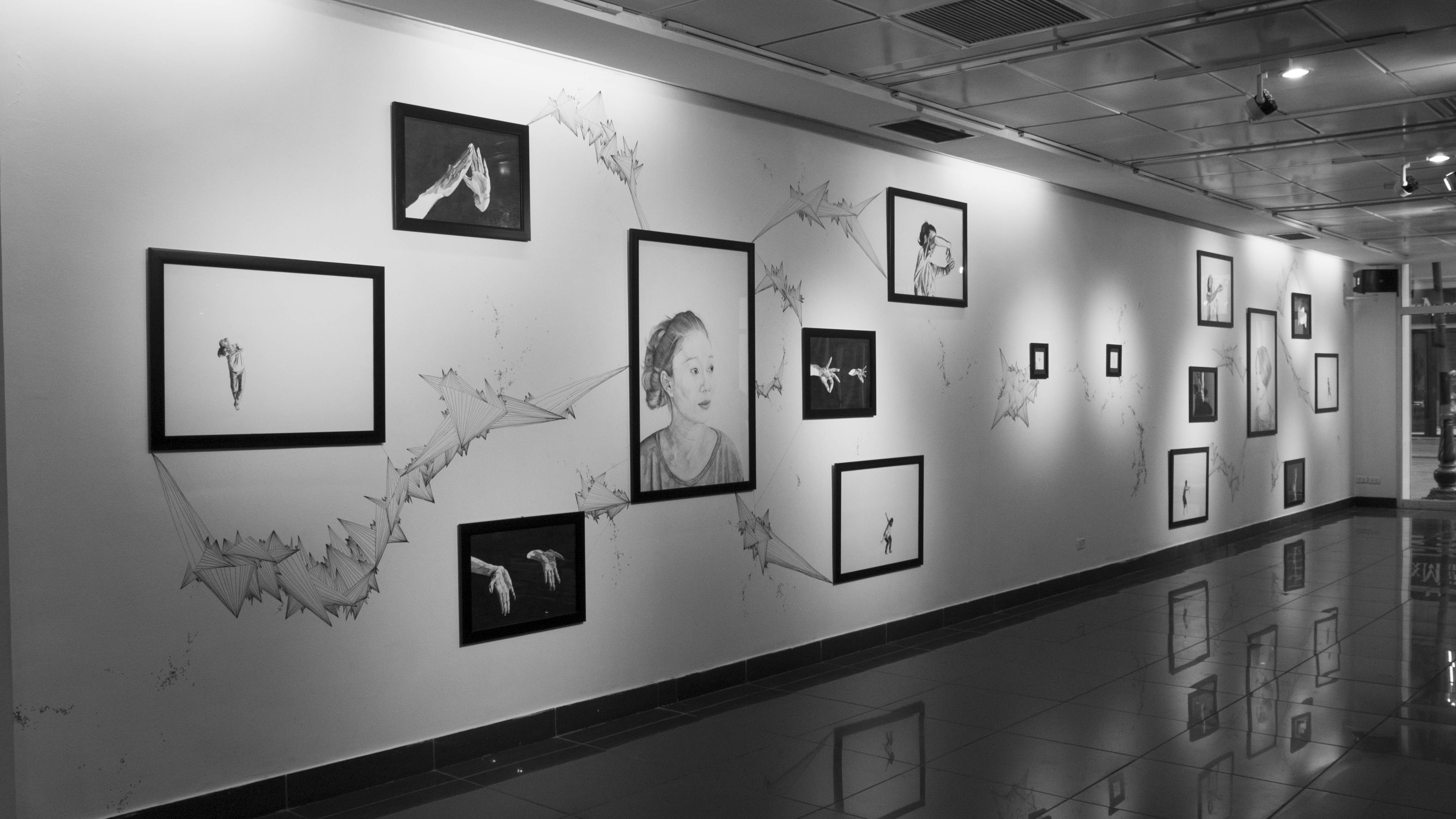
By the end of the project, what new thoughts did you have about memory and movement?
Actually it’s not really at the end of the project that the new thoughts appear. It’s more during the process of making this exhibition. The interview part with the contemporary dancer was very intense. At some point of the interview you have to translate a particular memory into dance. They were sharing an intimate story through movement which is a non verbal language that can be stronger than talking, a more direct access to one’s feeling.
You seem to be concerned mostly with depicting contrasts: whether its of black vs white, light vs dark (or heavy), soft vs hard, human vs machine or animal... Why is that?
I think contrast bring tension, it creates a new space in between. What can be interesting in a piece sometimes is not the subject itself but what is in the margin.
Your work often focuses on a subject, in which you fill to remarkable detail. What do you feel about the ‘backgrounds’ of your work? Do you prefer to leave them blank or fill them in – and why?
This actually depends on what is the subject. Sometimes I need to isolate it because I feel like it is necessary. Let’s take something simple. Like if do a portrait of someone I want to understand the skin texture, the weight of the eyelashes and hair, the lines of the lips, their texture etc. So the blank of the paper is becoming the new space where the drawing is building itself. There is already a lot of levels in this type of drawing, adding a background will ruin this balance. But for instance on <<<Brightness>>>, some of the drawings has a background. In this case it is because my interest is the scene itself, his ambiant, the light. So yeah, to make it simple it depends on the subject and what I want to express.
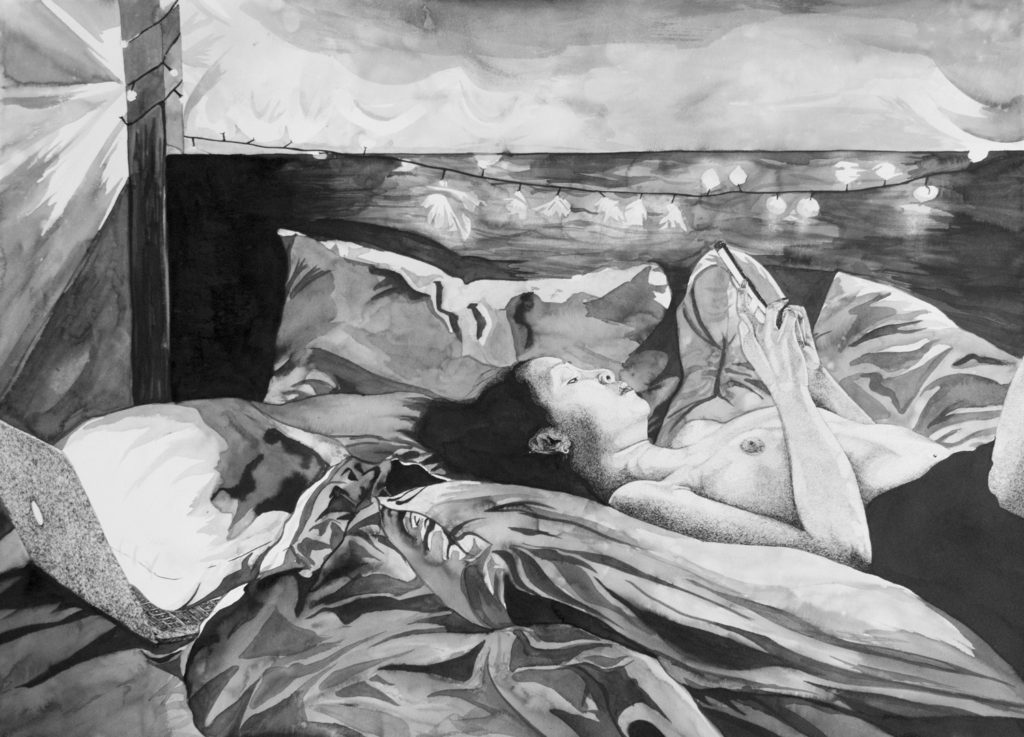
Lastly, when you listen to a piece of music, do you hear the lyrics or the notes / rhythm?
The lyrics.
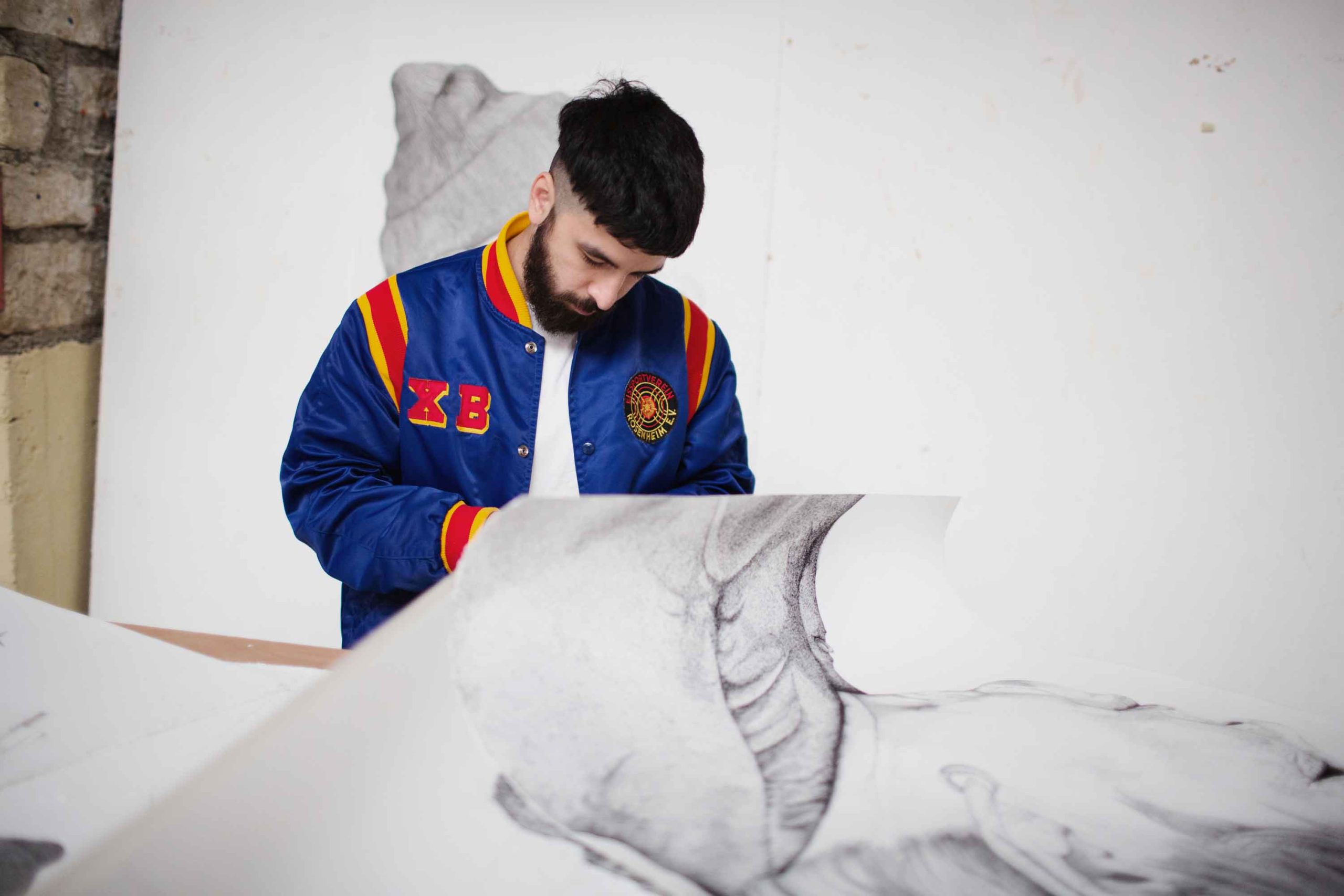
Florian Nguyen
Born in 1988 in France, Florian Song Nguyen is a visual artist currently working in Ho Chi Minh City. Drawing is at the center of his artworks and installations. Most of his subjects are figurative and teeming with details. He is most interested in the texture of things and transposing it into his drawings through the trio of eyes, brain and hand. His work about memory and oblivion was recently shown in Hanoi and Ho Chi Minh city. His solo and collaborative work has been exhibited internationally including the French Institute in Vietnam Ho Chi Minh Ville,Salon Saigon, Villa Colette, La Maroquinerie Paris, Collectif Derive Paris, A2Z Gallery IVRY SUR SEINE, Vagos Canes in Bruxelles and more.
